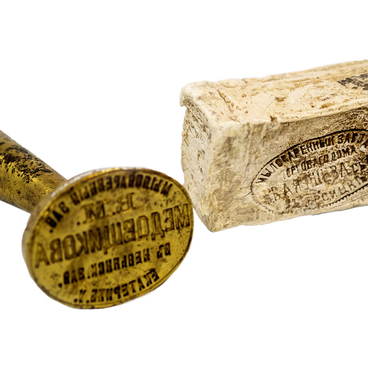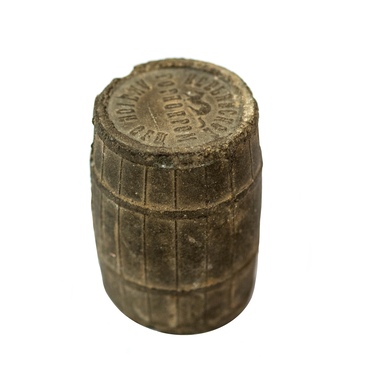The physarmonica became popular among music lovers in the late 19th–early 20th century. Colloquially, and in the press of that time, this instrument was often called an ‘organ.’ But this name was not entirely correct: the organ is a pipe instrument, while the physharmonica is a reed instrument. Inside of it, there are bellows of different lengths, through which the airflow is directed to the metal reeds. Air is pumped in by alternately pressing the pedals, and they can be pressed not only with the feet, but with the knees as well. By pressing the keys, the stops open and close, and, therefore, the air makes the reed vibrate, generating a sound.
Physharmonica
Время создания
Late 19th – early 20th century
Размер
43 cm x 98 cm x 112 cm
Техника
Turning, manufacturing
Коллекция
#1
Physharmonica
#3
#11
It is believed that the physharmonica was invented approximately in the first decade of the 19th century. However, the first patent for it was issued only in 1840, to Frenchman Debain. The shape of the instrument resembled a small piano.
#12
At that time, almost every noble and merchant family had a physharmonica, including the mansions of the wealthy residents of Nevyansk. It was usually placed in the living room.
#13
The physharmonica exhibited in the collection of the Nevyansk Historical and Architectural Museum is made of wood; it has a height of 112 centimeters and a width of 98 centimeters. There were larger specimen as well, which could reach a heigh of 1.5 meters. The keyboard of the instrument resembles a piano keyboard, and it has a range of five octaves. There are pedals below, which were used to pump air into the sound-producing mechanism. In the upper part of the body there are two ornately shaped knee pedals, which are attached in a vertical position with hinges.
#14
The keyboard flap lid is attached to the top wall of the case with three hinges made of yellow metal. There is a keyhole on the front of the lid. Four ornately shaped wooden holders for two ornately shaped handles, turned on a lathe, are attached to the sides of the case with screws. The legs are in the form of rectangular boards located along the body. The back of the instrument is rectangular, made of plywood, painted blue on one side. The sound-producing mechanism is inside the body.
#15
State Autonomous Cultural Institution of the Sverdlovsk Region "Nevyansk State Historical and Architectural Museum"
читать дальшескрыть
00:00
00:00
1x
Physharmonica
Время создания
Late 19th – early 20th century
Размер
43 cm x 98 cm x 112 cm
Техника
Turning, manufacturing
Коллекция
Открыть в приложении
Поделиться

